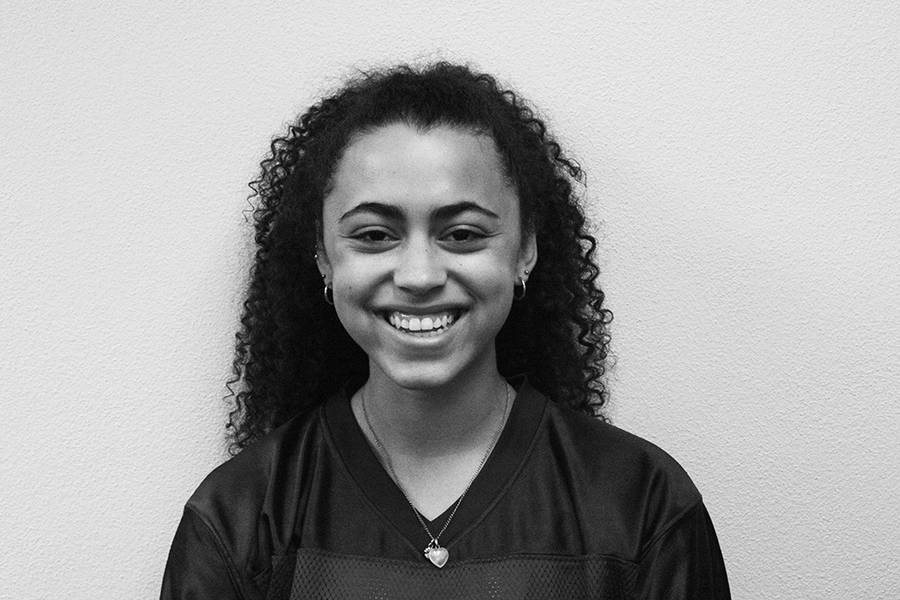Song promotes difficult conversation
“I’m Not Racist” music video calls out racial tension and importance of listening
December 13, 2017
Hearing a white man wearing a “Make America Great Again” hat use the N-word in the opening of a music video sets off several warning signs for me. The initial shock and intensity in the man’s words is intriguing and concerning at the same time.
The song and video “I’m Not Racist”, released Nov. 28, by Joyner Lucas shines a light on the uncomfortable but necessary conversation about race in the U.S. The video poses a white man and a black man seated on either side of a table in an empty room. In the first half of the song, a white man raps about the problems he sees in the black community. In the second half, the black man responds to many of the arguments and accusations made by the white man.
The strong language and brutal honesty of the lyrics makes the experience uncomfortable for many people. However, I feel it is an important song to hear and understand living in the U.S. in 2017.
The white man presents many arguments and accusations about the black community and black culture. Many, if not all, of his points are based off of stereotypes about black people. All of the points made are statements I have heard made by white people in general. One of the most common being, ‘I’m not racist because I have a black friend.’ Hearing him make these statements and accusations is frustrating. It is a remainder of how divided the country still is.
When the black man speaks, he responds to the accusations made of him, while also addressing his frustration with the white community and the systematic racism and oppression in the U.S. He comments on the “All Lives Matter” protest and the use of the N-word by the black community. One of the most prominent lines said by the black man was “blame it on everybody, except for your own race.” Hearing the black man respond to the comments made by the white man made me feel validated. Seeing him defend himself without interruption made me feel heard even though I was not the one speaking.
The song uses the analogy of white and black people living on separate sides or floors of the same building to describe race relations in America.
The main message of the song is, in order to have productive conversations about race and to improve race relations in our country, both sides of the debate must be willing to truly listen to the others’ opinion and try to understand their perspective.
The video exemplifies this by having the opposing opinion sit and listen, without commenting, while the other speaks. This point is made very clear in the last line of each man’s verse. The white man concludes by saying “there’s two sides to every story, I wish that I knew yours…I wish that I knew yours.” The black man then concludes his verse with “but there’s two sides to every story and now you know mine.”
The video closes with the men hugging and a quote commenting on the aspects of society that have caused us as humans to be divided. This ending pushes for people not to agree on issues such as race but to come to a mutual understanding and respect for the other opinion.
I think it is important for students to listen to the song and have discussions about its content because it is directly about arguably one of the biggest issues in our country and community. However the video does give me hope that people are able to have very emotional and heated yet productive conversations about race.





Colin • Dec 16, 2017 at 7:26 pm
Very interesting. You certainly have a wide range of interests. Love to read your stuff.